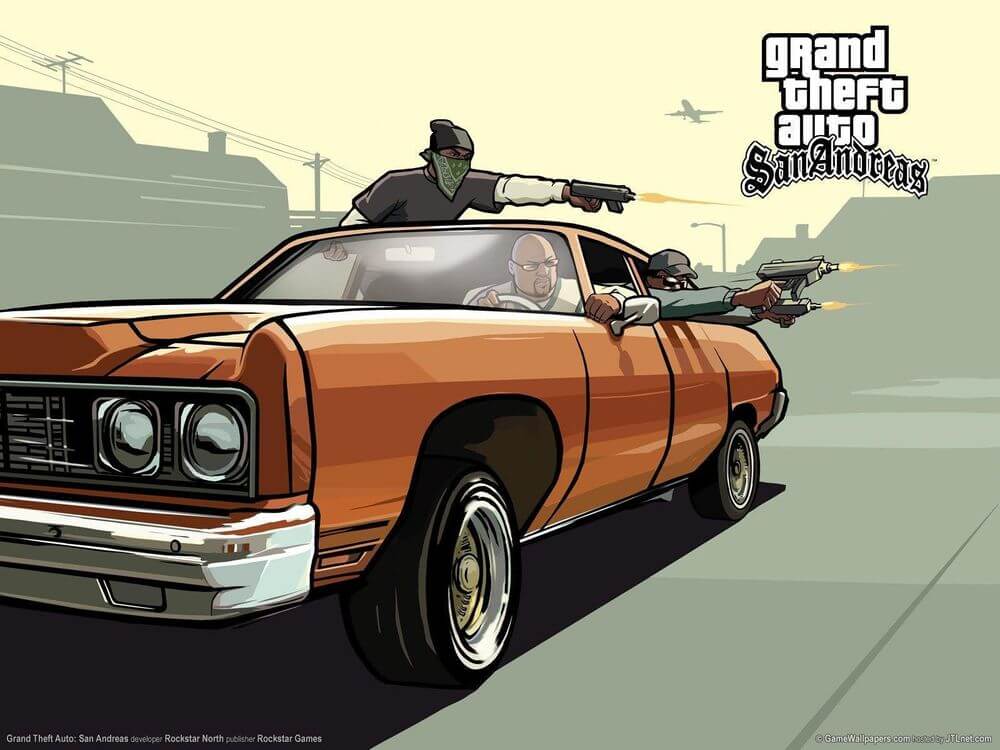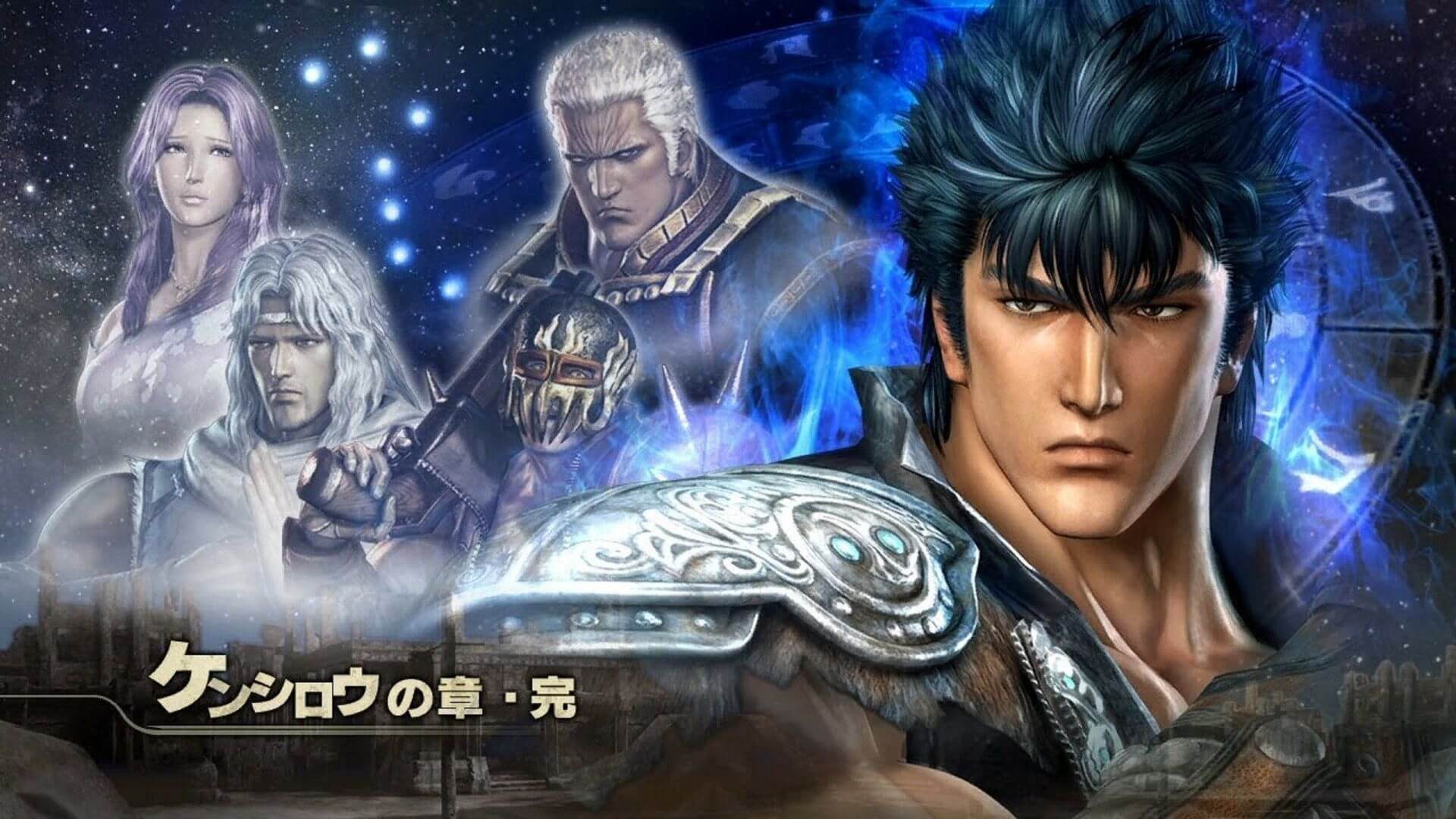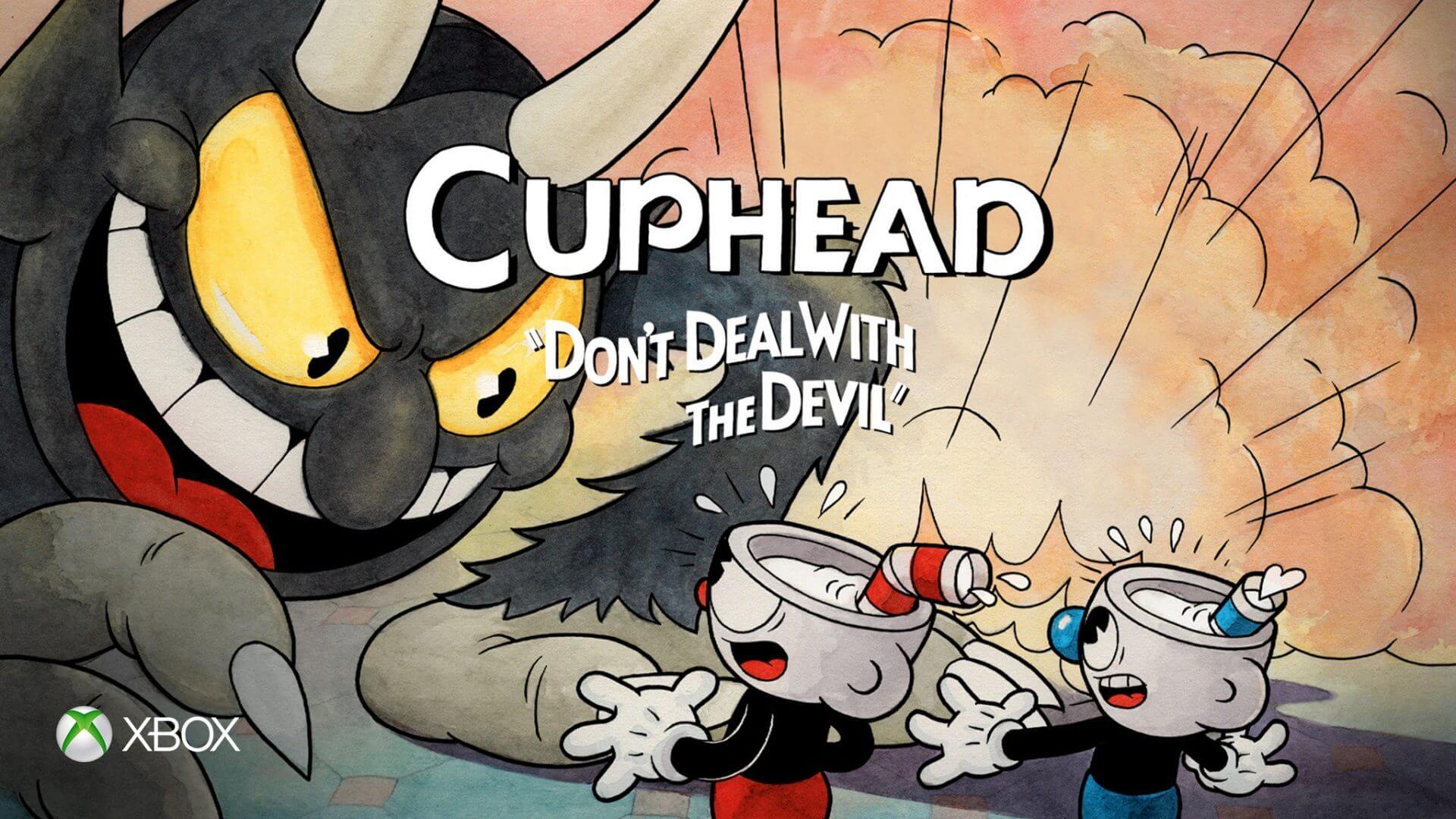Interview for 80.lv

Please introduce yourself. What do you do? What languages do you translate the projects to? What projects have you localized?
Hi, I'm Alain from gloc.team, a small boutique service specialized in English to Italian video-game translation.
Since 2008 we have been involved with over 500 projects, from the PES to Resident Evil to Dead or Alive and many more.
How did you get into the world of localization?
In 2003 I was hired as localization employee number two at Rockstar Games, where I tested and edited over 20 games like Max Payne 2, Red Dead Revolver, GTA San Andreas, etc.
I went independent after two years. In 2007 I moved to Tokyo for a Square-Enix project and I've been freelancing from here since.

What were the most memorable and the most difficult projects you have worked on?
There really are two types of localization projects.
Projects in simultaneous shipping (sim-ship for short) get translated while development is ongoing. AAA series like PES cannot afford to complete the game, then wait for us to give a nice look at it, then have us work for three months.
Instead, we are given the texts as soon as they're ready -often when the game isn't even working yet- and told to translate "in the dark", using questions, experience and imagination to nail the meaning of the text.
In this space, Forza Horizon was a lot of fun thanks to its in-game radios, while you can't beat the sheer epicness of translating the whole Fist of the North Star saga for Ken's Rage 2!
Post-gold projects (as in "after the gold master") are more similar to how you would picture translation. Since the game is done, we are free to play it at length to check things, and sometimes we're in charge of testing too, so our control is much stronger. This used to be typical of Japanese games and, more recently, indie titles.
Projects like Dragon Quest VI and FTL: Faster than Light fell into this category and were an absolute joy.
So, depending on what comes our way, we're either industrial-cutting a jungle of words or carefully pruning one little bonsai. But it's always challenging and memorable in its own way.

How did you become the team responsible for the localization of Cuphead? How was the process?
We handled Cuphead for Riotloc, a multilingual agency that also took care of other languages and the implementation.
Process-wise, it was the perfect post-gold project. We played a near-complete build (with cheats!), then we translated the (fairly short) text with our three-persons team, and finally I carefully tested and edited the localized build myself.
In order to brainstorm some great names for the bosses we also partnered with Daco's Confetti, a copy-writing team which -among other things- co-created Kinder Joy's games and character design.
We really went full-on polishing that text but -if you followed the development of that game- you'll know that we had plenty of time!
The game is heavily inspired by late 1920s – 1930s cartoons, were there any translation difficulties related to this aspect of the game?
Cuphead had one fatal flaw, in that it tapped into a sense of nostalgia our audience couldn't share.
Keep in mind that the face of the twenties and thirties in Italy isn't Felix the Cat or Betty Boop. It's Benito Mussolini. Not only American cartoons were forbidden at the time, we couldn't really make any 1920s references at all, since that was literally the Fascist Era.
So our translation taps into post-war nostalgia instead, more specifically the style used in Topolino, the extremely popular Italian version of Mickey Mouse Magazine.
So while Americans playing Cuphead remember their old cartoons, Italians remember the comic books of their childhood. But they smile all the same.

What do you think about the necessity of localization in general? Can it be replaced by machine learning and neural networks?
Since most people on this site are into graphic design, allow me to turn the question to you. Could the work of a designer be replaced by AI?
I guess the answer is "not really", because machines have no creativity.
Working in Photoshop adds a level of automation unimaginable in the era of ink and paper, but it's still at the service of a human's vision.
Computers may well be able to stretch a line, fill up a shape or even clone an area, but they cannot come up with the general concept. Or at least, not in a way that's interesting and appealing.
Translation is the same.
Some parts of translation are indeed mechanical, like those Photoshop features. We already have software that records our translations for us and lets us reuse them when needed. A neural network can definitely tap into that data, spot a pattern and interpolate upon it.
Given factual, non-ambiguous content like -say- weather forecasts, these system can already work almost unattended.
What people forget is the creative side. When I'm translating a game, I'm not just flipping a dictionary to see which word A matches word B. I'm effectively a co-writer, adding my own creative spin to it.
No software will ever look at Cuphead and say "You know how we can keep the fun here? Turning this twenties cartoon into a forties comic book".
Hell, it's arguable if another translator would have come up with it. It was my creative solution to make it fun. That's what you really hire me for, and there's no model for that.

How does one become a part of the game localization world? What can help aspiring game translators?
There's a bit of a catch-22 situation going on where people won't hire you until you have experience, but you can't build any until you land a project.
To help with it we ran multiple game localization jams in the past. There will be one starting in July on itch.io and another at the end of the year. Give a look to locjam.org for details!